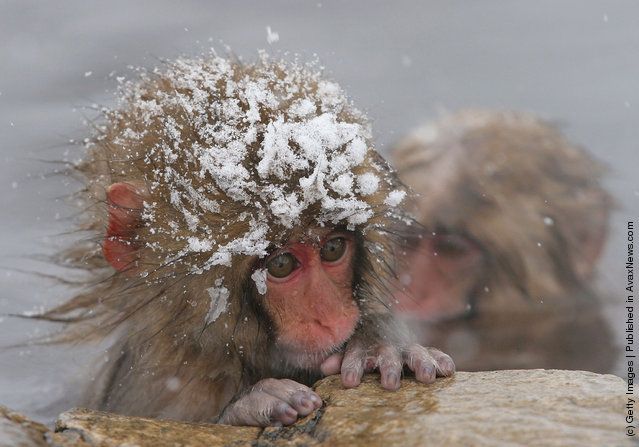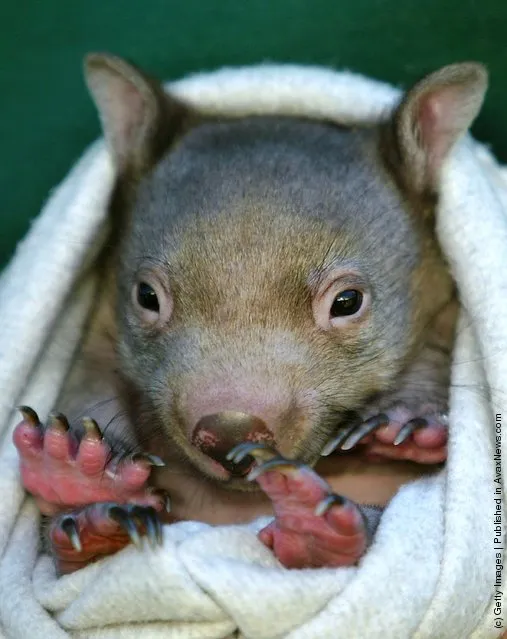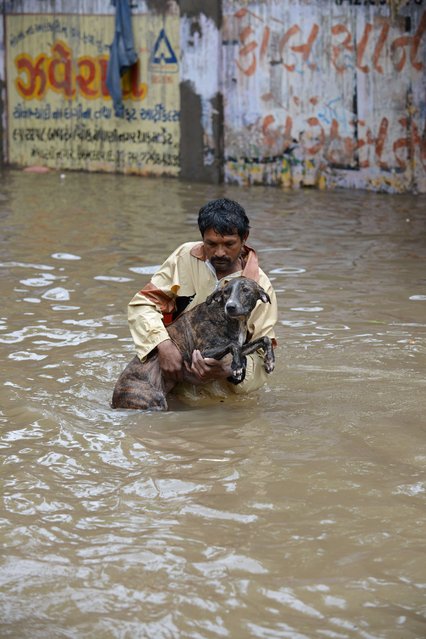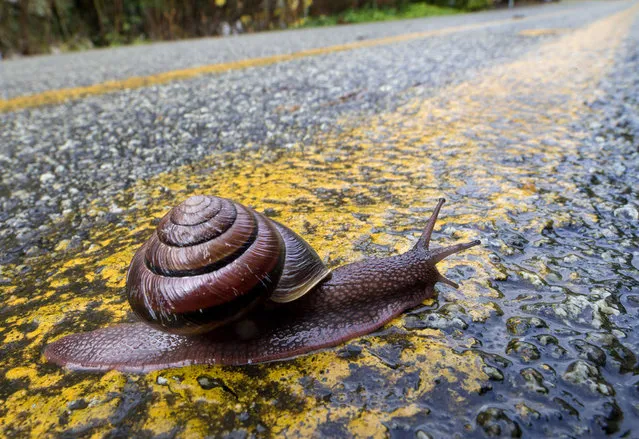
People wade through a road flooded by heavy rain in Kurume, Fukuoka prefecture, western Japan, Saturday, August 14, 2021. Torrential rain pounding southwestern Japan triggered a mudslide early Friday that swallowed some people and was threatening to cause flooding and more landslides in the region. (Photo by Kyodo News via AP Photo)
14 Aug 2021 08:35:00,post received
0 comments







